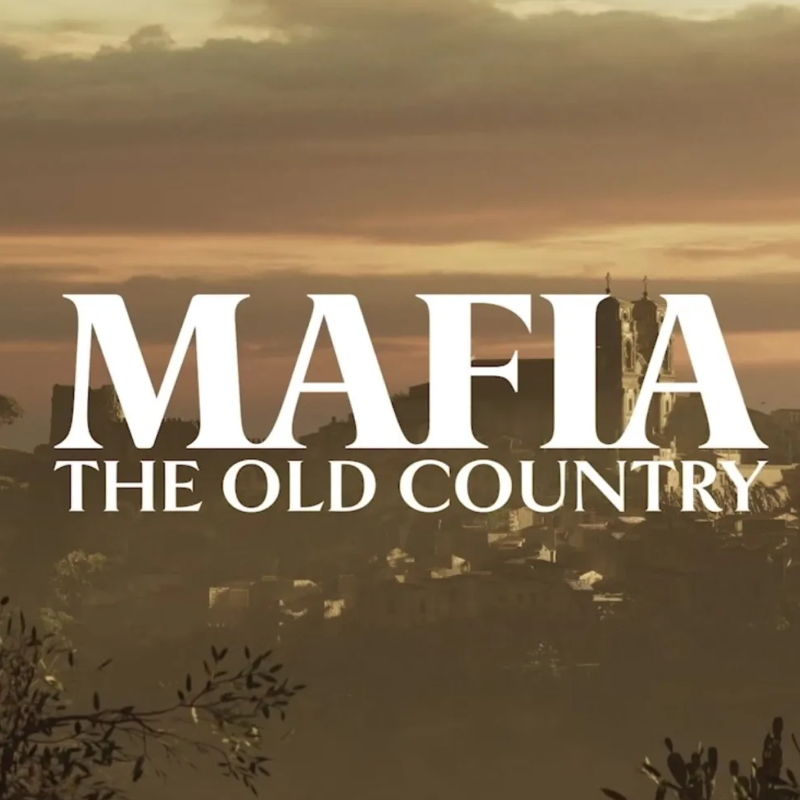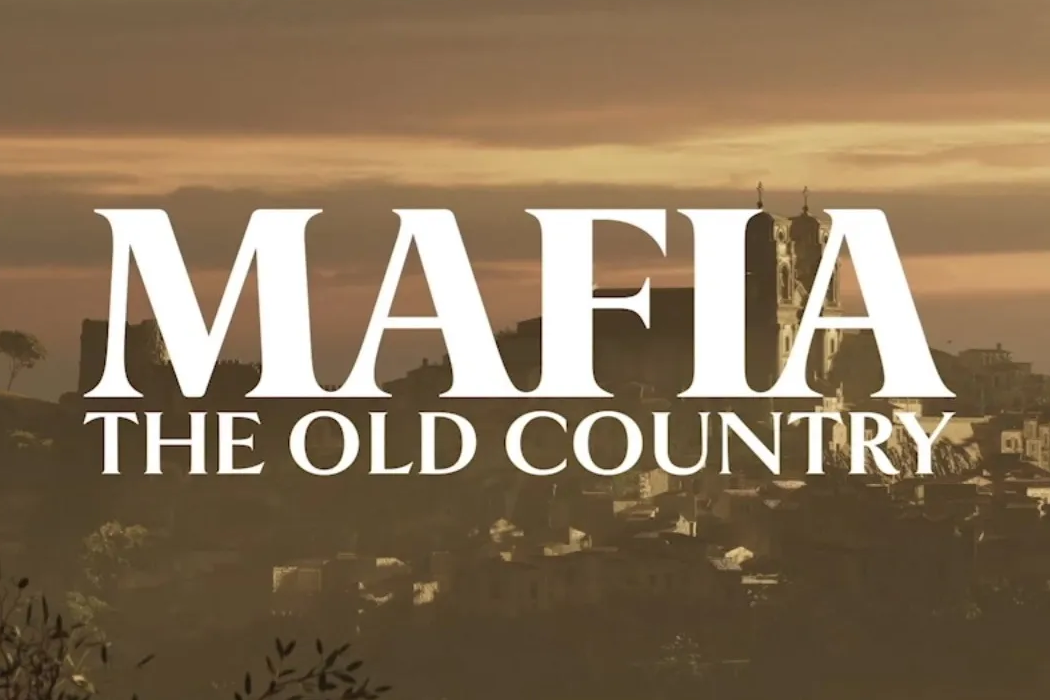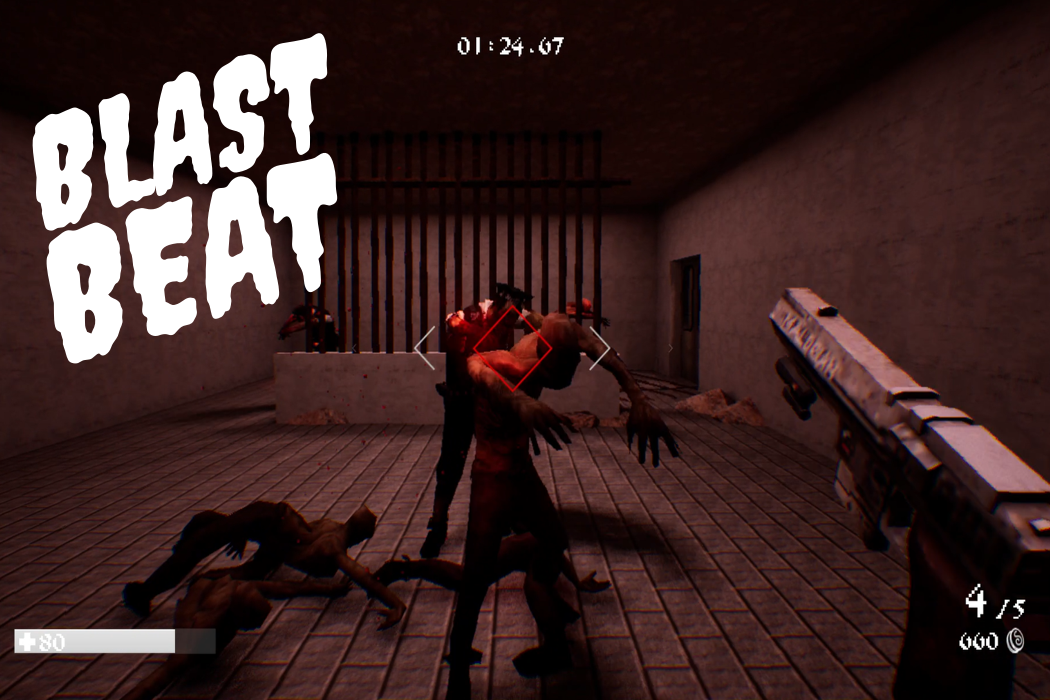Diogo Gonçalves Silva
About Me
My name is Diogo Silva and I am a Gameplay and AI Engineer with years of AAA experience developing in C++ and Unreal Engine 5. I also hold a Master's degree in Computer Science and Engineering (Engenharia Informática e de Computadores) by Instituto Superior Técnico (University of Lisbon) specializing in Artificial Intelligence and Game Development.
In the past few years I have been working with different studios to deliver high quality AAA Console and PC games of varying genres. I have primarily contributed to Gameplay and AI Systems, taking full ownership of shipped features and aiding in other areas of development such as Animation Engineering and Tools. I have also worked on a plethora of personal projects, from games to ray tracers. For some of these, I was given the opportunity to manage teams, developing leadership and communication skills that I keep honing and perfecting.
I thoroughly enjoy working with people from different disciplines in order to create impactful and memorable moments for our players to enjoy. I think games are a wholly unique medium of entertainment, and one of the few that manages to seeminglessly combine art, storytelling and technology. As such, what I look forward in games, and what I enjoy working on the most, are interesting gameplay features and mechanics that create experiences that no medium other than games is capable of accomplishing.
Contact Details
LinkedIn:
https://www.linkedin.com/in/diogosilvads/
Business Email:
diogo0408@gmail.com
















































































































